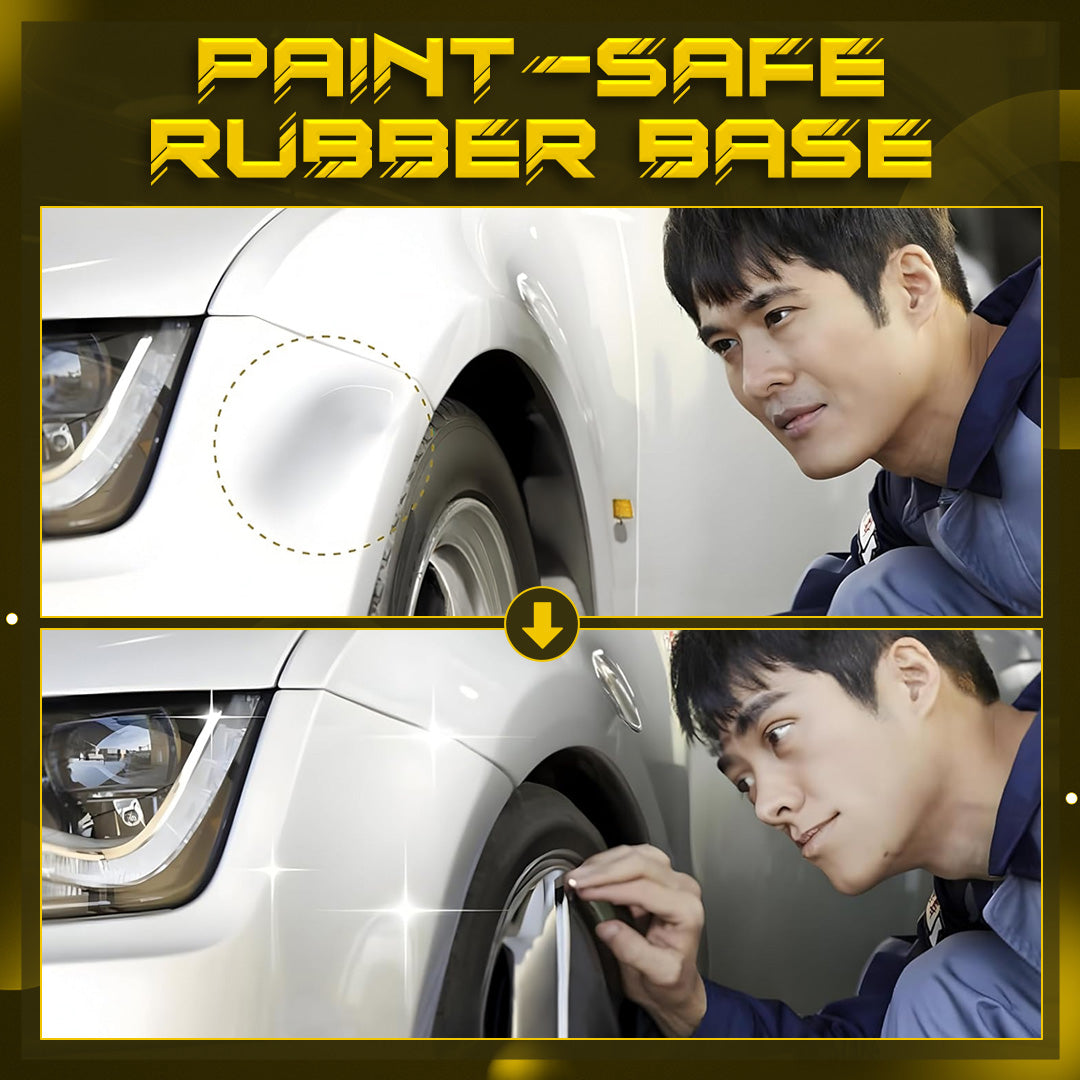





FAQs
What dents can this puller realistically fix?
What dents can this puller realistically fix?
This tool is engineered forsmall, shallow dingsonclean, smooth, flat, dry, non-porouspanels. It works best on steel or aluminum body panels where the cup can seal fully. As a guide, the surface area needs to beat least 55 mm (2.16″)wide for the rubber base to sit flat. It’snotsuitable for sharp creases, deep punctures, dents on body lines/edges, textured plastic, cracked paint, or panels with severe structural damage.
Will it harm factory paint or clear coat?
Will it harm factory paint or clear coat?
The puller usesnatural rubberfor a paint-safe seal—no glue, chemicals, or heat required—so it won’t scratchwhen used on a clean surface. To protect the finish: wash and dry the area, avoid dragging the cup, and don’t use on hot panels (work in the shade). Onrepainted panels, wraps, or poorly bonded clear coats, adhesion can be unpredictable; test on an inconspicuous spot first.
Any pro tips for better results (incl. aluminum or plastic bumpers)?
Any pro tips for better results (incl. aluminum or plastic bumpers)?
- Clean and fully dry the dented area; light dust or wax will break the seal.
- Center the cup on the flattest part of the dent, lock the handle, then apply a steady, straight pull. Short repeated pulls from slightly different angles often work better than one hard yank.
- For aluminum (stiffer) or plastic bumpers (more flexible), gently warm the panel to lukewarm with a household hair dryer—never hot—to help it return to shape.
- If the dent only improves partially, repeat the cycle; stubborn creases typically require professional PDR.



















